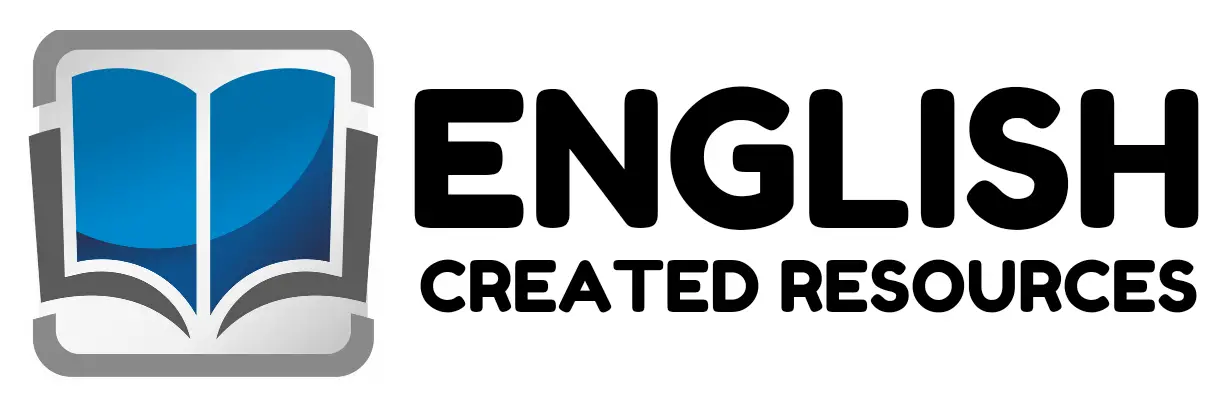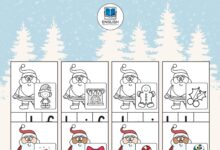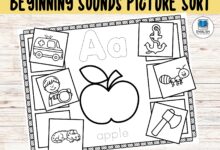My Phonics Patterns Short A
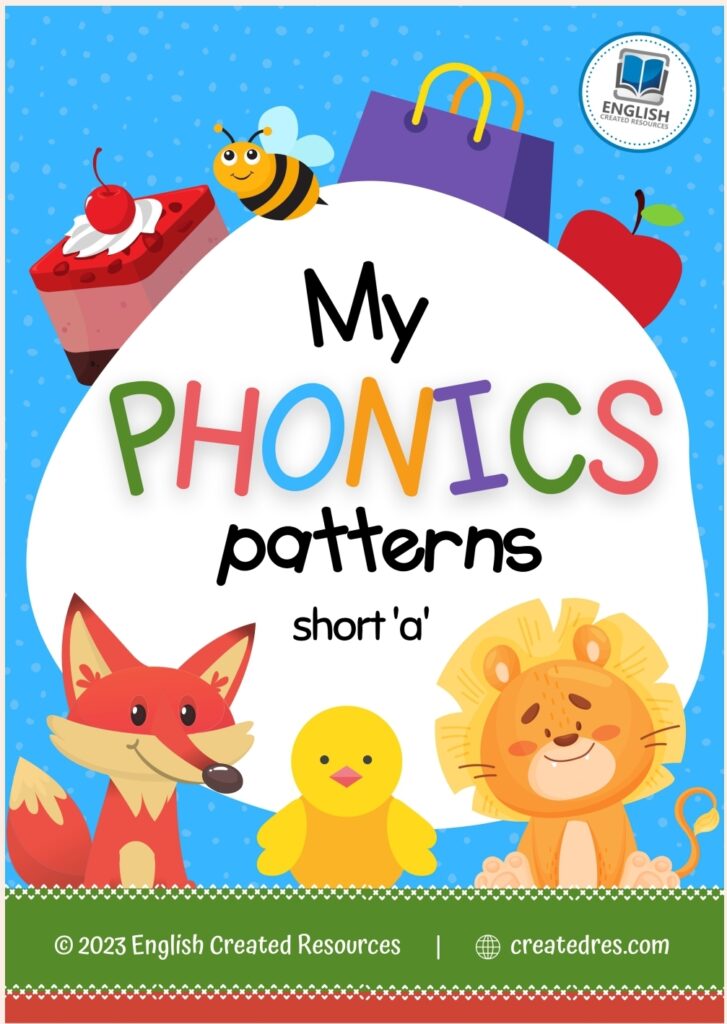
My Phonics Patterns Short A.
This bundle has Activities for short A to help kids identify English Phonics. Pupils will be able to improve their reading skills. This will help them read fluently.
Reading, writing, speaking & listening. These four words play such a pivotal role throughout our lives and are critical during childhood development.One way of developing these skills is phonics. An essential way of helping children how to read, write and spell, phonics has grown in importance over recent years. It is a great teaching method as it helps simplify the English language and is perfect for young children.
Phonics is an approach to teaching some aspects of literacy, by developing pupils’ knowledge and understanding of the relationship between written symbols and sounds. This involves the skills of hearing, identifying and using the patterns of sounds or phonemes to read written language. The aim is to systematically teach pupils the relationship between these sounds and the written spelling patterns, or graphemes, which represent them. Phonics emphasises the skills of decoding new words by sounding them out and combining or ‘blending’ the sound-spelling patterns.
To read English successfully, children must learn to turn the words they see in a text into sounds, and make sense of these sounds. It is important for children to learn letter-sound relationships because English uses letters in the alphabet to represent sounds.
Phonics teaches this information to help children learn how to read. Children learn the sounds that each letter makes, and how a change in the order of letters changes a word’s meaning. For example, if we don’t pay attention to letter order, words such as ‘dog’ and ‘pat’ might be misread as ‘god’ and ‘tap’ respectively.
As mentioned earlier, phonics instruction should be integrated with vocabulary instruction, because the ultimate goal is to help children make sense of what they have ‘sounded out’ from a text. This can be done by first introducing words (e.g., cat, hat, rat, fat) using multi-sensory activities and stories.
The vocabulary provides the context for highlighting the target letter-sound relationships (the words in the above example all contain the rhyme family ‘at’), whereas the stories help children understand how the words are used.
Next, teachers should encourage the children to say the target words aloud. This can be done by embedding the words in chants, nursery rhymes or games.
For four-year-old children, teachers can focus on the rhyme families and onsets within words. For example, teachers can say ‘cat, c-at, cat’ to highlight the onset c and the rhyme ‘at’ for the word ‘cat’, and then encourage children to blend the onset c and rhyme ‘at’ to form the word ‘cat’.
For five-year-old children, teachers can add in visual cues to show how to break a word down into its onset and rhyme (e.g., cat = c + at).
With this foundation of phonological awareness, associating sounds with letters will be much easier for children.
Samples From the Worksheet

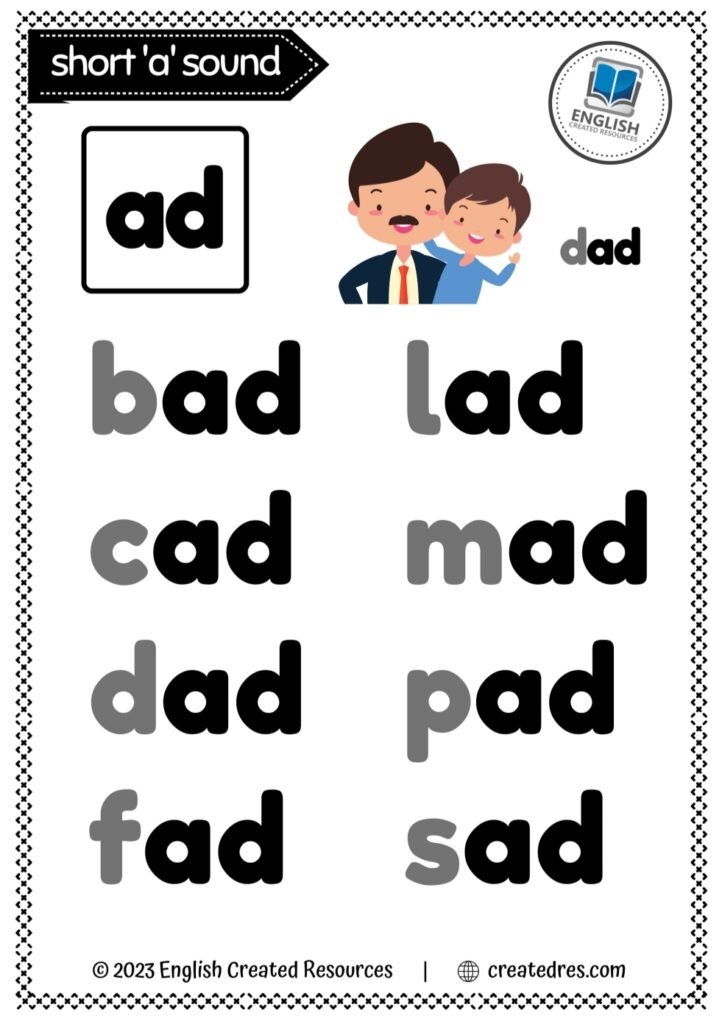
Teachers can do this by encouraging children to apply the phonics skills they have learned to words they encounter in stories and nursery rhymes. For example, in a story session, teachers can count with the children the number of syllables in target words, and also encourage the children to think whether the key words contain onsets, rhyme families and letters that they have learnt previously.
Our website aims to provide all the required materials for English Language Teachers and Learners to help them master and improve their English, help their pupils master all the required skills.
You can find English ESL worksheets for home learning, online practice, distance learning and English classes.
